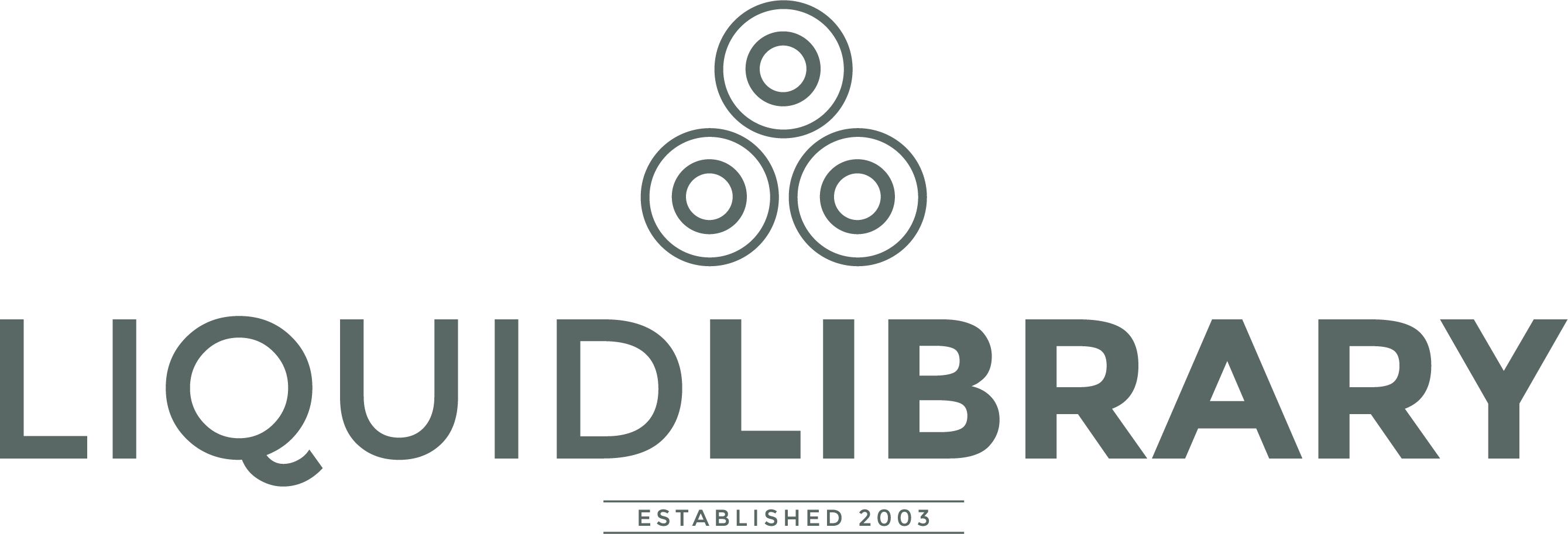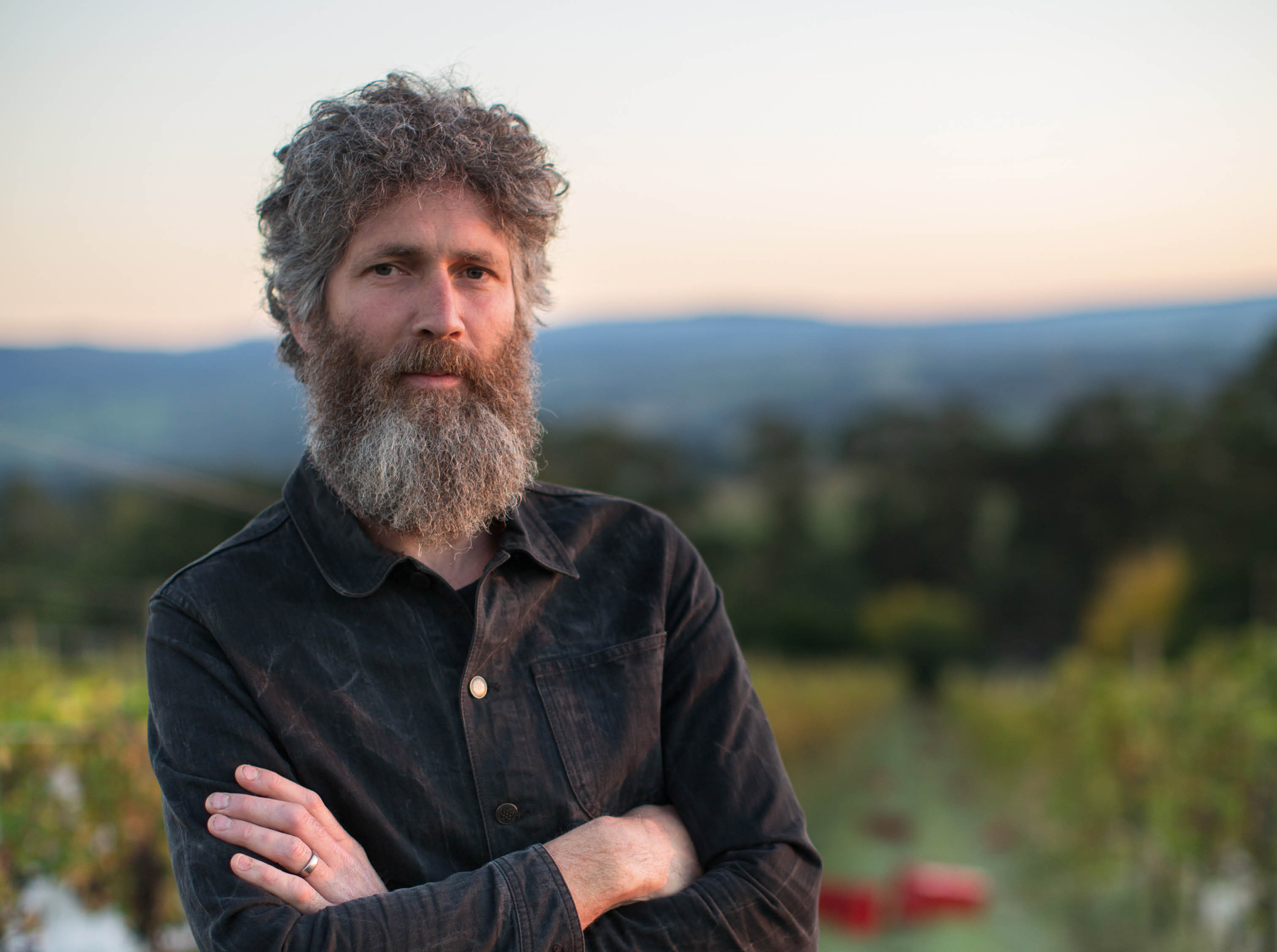(Image: William Downie - William Downie Wines / www.williamdownie.com.au)

About
William Downie represents the pinnacle of minimal intervention, site-specific pinot noir in Australia. No one has done more work in the vineyard than he has, spending his days meticulously caring for his home and leased vineyards, as well as seeking out the best sites for pinot noir across Victoria. Bill started out in wine near the top: a two-year stint with the legendary pinot noir producer Phillip Jones at Bass Phillip in Leongatha, Gippsland. He went on to work for De Bortoli, eventually becoming their senior winemaker in 2006. In the meantime, Downie launched his own label in 2003, quietly sourcing and making some of the best pinot noir in Yarra Valley, Gippsland, and the Mornington Peninsula. He and his wife Rachel (a talented wine professional in her own right, not to mention an expert yogurt and cheese maker) own their own farm called Guendulain, in addition to tending to other plots all over Gippsland. Pinot noir is the only grape cultivated: a nearly unheard of dedication in this day-and-age.
‘What I think is interesting about Australian Pinot Noir is the generally very old soils. The vines have. a big story to tell. An old story to tell. And because it's such large story to tell. A subtle and nuanced story to tell. It can be very hard to coax that story out. So we have to work very gently and delicately to coax the story out.’ - William Downie
‘William Downie is this century’s original enfant terrible of wine. Well, in Australia at least. A cheerful iconoclast that scythed through convention long before lo-fi winemaking had taken a firm grip on the emerging generation of makers. With a broad smile and a self-deprecating manner, Downie forged his own path of minimal intervention with scant regard for what others thought. This approach should not be mistaken for arrogance, but rather an attitude forged by the deep belief that you don’t make great wine by second-guessing the expectations of others. To that end, Downie is also one of the most witheringly self-critical makers in the land. That exactitude and drive has seen him rise to be one of the finest exponents of pinot noir in this country, with his maturing Guendulain Farm vineyard, in Gippsland, promising to deliver even more on his substantial promise.’ - Young Gun of Wine
*Label art by Reg Mombassa
2024 Release Notes
The 2024 harvest has produced a set of wines that are, by our standards, at the deeper, richer end of the spectrum. Flowering was early and the season stayed warm and dry well into March. As a result, harvest started a little earlier than usual and moved more quickly to completion than in the previous few seasons. For the first time in a number of years, the wines are all above 13 degrees of alcohol. They are not by any means overripe but they certainly offer more obvious fruit character and tannin than in recent vintages. These well structured wines look quite open now but also have very good potential for long aging in the cellar.
2024 ‘Cathedral’ Victorian Pinot Noir

A blend of around 40% Upper Goulburn, 35% King Valley,15% Alpine Valleys and 10% Mornington Peninsula Pinot Noir. The season across southeastern Australia was, yet again, cool and wet early on leading to poor flowering and low yields. The second half of the season, however, was warm and dry giving wines of great depth, aroma and tannin. Winemaking remains, as always, very simple. The grapes were left to ferment with little intervention and after three weeks of maceration, the wine was pressed to tank where it remained for malolactic fermentation and maturation.
Aroma: The wine shows bright raspberry, pomegranate and red currant fruits as well as cherry pit and rose petals.
Palate: The palate is fine and chewy with more red fruits as well as cinnamon, mace and clove characters. It is precise and well defined.
Drink 2025 - 2030
2024 Gippsland

A blend of fruit from the Matthews vineyard in Berrys Creeks and Guendulain Farm in Yarragon. Matthews was planted to MV6 on red volcanic soil in 1998 and has always been dry grown. It is a cool, damp site and the vines grow dense, lush canopies. The vines at Guendulain were planted in Baw Baw Shire in 2008 at 10,000 vines per hectare, half MV6 and half Pommard clone.
Aroma: The wine smells of blood plum, blackberry and blackcurrant as well as violets, liquorice, cinnamon and stone fruits.
Palate: The palate is long, fine and layered with bright acidity. It is a complex, savoury wine that will benefit from some time in bottle.
Drink 2027 - 2037
2024 Mornington Peninsula

Fruit was sourced from the Mrs Nicks vineyard in Balnarring and Rivendel in Merricks North. Mrs Nicks was planted to MV6 in 1998 on a gently south facing hill of chocolate brown sandy loam. Rivendel, planted in the same year, is a mix of D5V12 and Pommard clones of pinot noir on grey sandy loam and is the same vineyard that our 2007 Mornington Peninsula wine came from.
Aroma: Aromas of raspberry, red currant and pomegranate as well as morello cherry, rhubarb, thyme and allspice.
Palate: The palate is ripe, chewy and rich without being heavy or sweet. It is bright, textured and lively.
Drink 2025 - 2035
Single-vineyard wines
2024 ‘Bull Swamp’ Gippsland Pinot Noir

This dry grown vineyard was planted in 1981 on old, red volcanic soils at 150m elevation. There are four separate parcels of Pinot Noir, two north facing blocks of MV6 and another of Abel, as well as a more sheltered south facing block of MV6.
Aroma: The wine smells of ripe dark fruits including blueberry, blackberry and blackcurrant as well poached autumnal fruits - quince, medlar and pear.
Palate: The palate is rich and weighty with rose hip, mace and black pepper. It is full and plush with fine tannin and terracotta like baked red earth.
Drink 2027 - 2040
2024 ‘Camp Hill’ Gippsland Pinot Noir

This site was planted in 1998 at 250m elevation and is considered the highest point between the Strzelecki and Great Dividing Ranges. The vineyard faces north with almost 360 degree views of Baw Baw Shire. Most of the vines are MV6 with a couple of rows of 115. The red volcanic soils have a little more rock than the Bull Swamp site and the wine is finer and more delicate as a result. This release is deeper and richer than previous vintages but is still very much Camp Hill in character.
Aroma: Aromas of wattle, boronia and bergamot as well as clove, chicory and sorrel. It is reminiscent of mountain air and damp forrest.
Palate: The palate is rich and powerful with great length and fine tannin. In spite of its weight and texture on the palate, aromatically it remains light and ethereal.
Drink 2026 - 2040
New release enquiry



